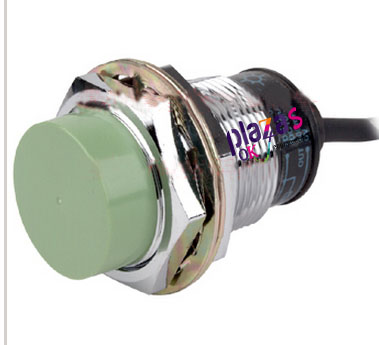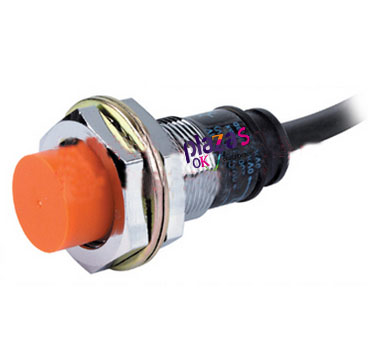The working principle of servo motor encoder
The working principle of servo motor encoder


The basic function of the servo motor encoder is the same as that of the ordinary encoder. For example, the absolute type has A, A reverse, B, B reverse, Z, Z reverse and other signals. In addition, servo motor encoders also follow The difference between ordinary encoders is that most of the servo motor encoders are synchronous motors. When the synchronous motor starts, the magnetic pole position of the rotor needs to be known, so that the servo motor can be started with a strong torque. This requires several additional signals to detect the rotor. The current position, such as the incremental type, has signals such as UVW. Because of these signals for detecting the position of the rotor, the servo encoder is a bit complicated, so that most people don’t understand its reasoning. In addition, some manufacturers deliberately Covering some signals and incomplete related information adds to the mystery of the servo motor encoder.
Since A and B phases differ by 90 degrees, the encoder's forward and reverse rotation can be judged by comparing whether the A phase is the first or the B phase. The zero reference position of the encoder can be obtained through the zero pulse.
The materials of the encoder code disc are glass, metal, plastic. The glass code disc is deposited on the glass with very thin lines, which has good thermal stability and high precision. The metal code disc is directly engraved with through and impassable lines and is not fragile. However, because metal has a certain thickness, the accuracy is limited, and its thermal stability is an order of magnitude worse than that of glass. Plastic code discs are economical, and their cost is low, but accuracy, thermal stability, and life are worse. .
Resolution—The number of open or dark engraved lines provided by the encoder per 360 degree rotation is called the resolution, also called resolution division, or directly called the number of lines, generally 5 to 10,000 lines per revolution.





